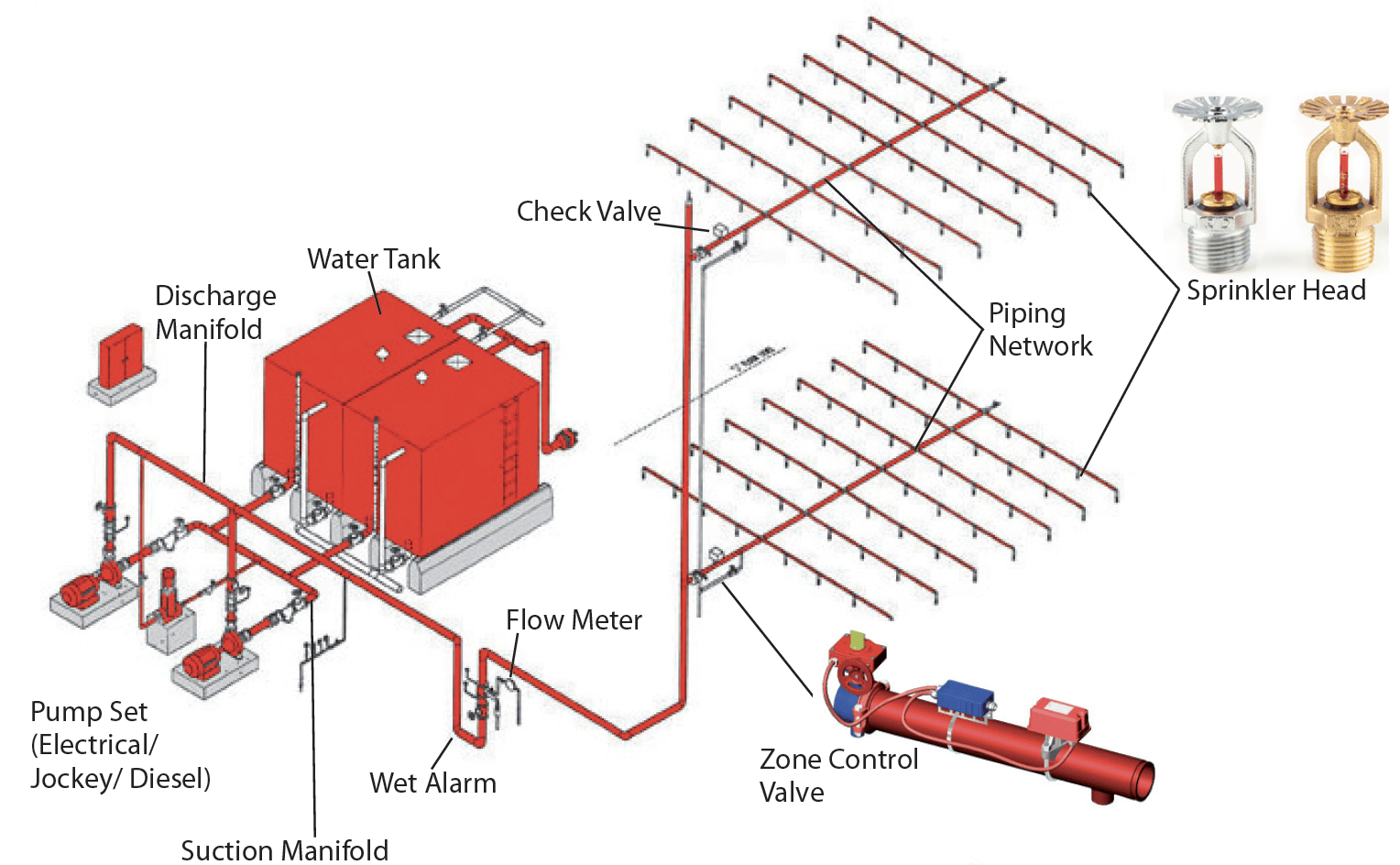Fire prevention measures is a critical concern for organizations. Core strategies of fire safety are automatic fire suppression systems and fire team exercises. While sprinkler systems act to control fires, organized fire response units manage fire situations.
How Do Sprinkler Systems Work?
Sprinkler systems suppress fires swiftly by releasing water when fire breaks out. Fire safety heads targets specific areas, localizing the response.

Key parts of fire suppression systems include:
- Fire response heads: Release water to suppress heat.
- Piping network: Ensures consistent water flow.
- Control systems: Provide manual override options.
- chuveiro sprinklers
- Reservoir system: Provides water.
The Importance of Emergency Preparedness Programs
Team fire safety training equips individuals to manage fire-related incidents. Fire response drills teach essential skills, maximizing safety during fire incidents.

Important parts of fire brigade training include:
- curso brigada de incêndio
- Awareness building: Minimizing potential dangers.
- Evacuation drills: Organizing orderly exits.
- Hands-on fire control: Learning suppression tactics.
- Brigade teamwork: Executing plans as a team.
The Synergy Between Fire Suppression and Emergency Training
Combining sprinkler systems with emergency response preparation creates a comprehensive fire safety strategy. Automatic systems control the fire early, while trained fire brigades step in to manage the situation.

Integrating systems and training offers unparalleled fire safety for residential areas, workspaces, and large-scale operations alike.
Why Fire Safety Technology and Emergency Preparedness Are Essential
Investing in sprinkler systems and providing fire brigade training demonstrates responsibility. Together, these approaches offer comprehensive protection.
Take action for a safer tomorrow by installing a sprinkler system and organizing emergency response drills. Your safety and the safety of others depend on it!
Comments on “The Definitive Guide to Sprinkler Systems and Fire Safety Training”